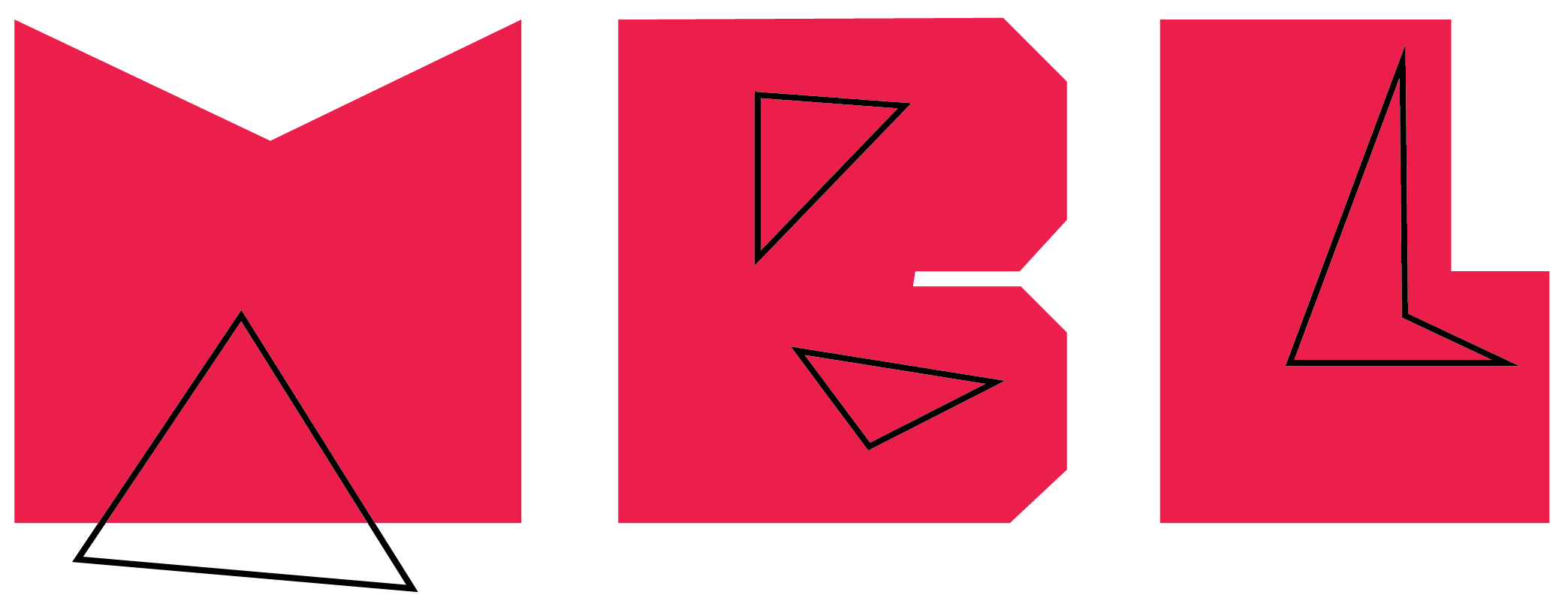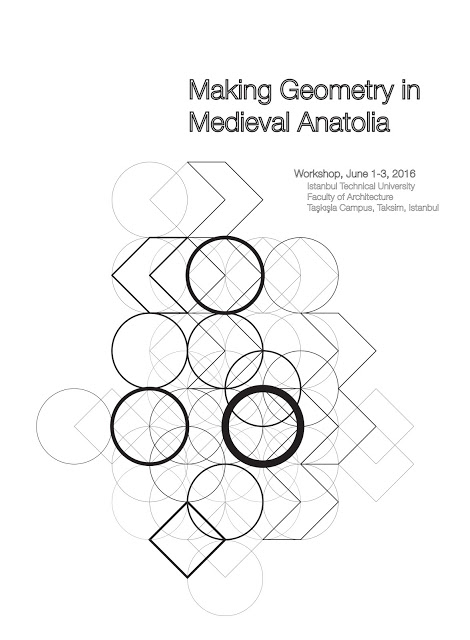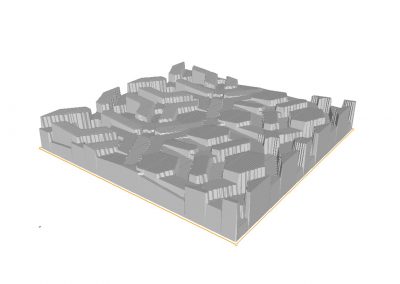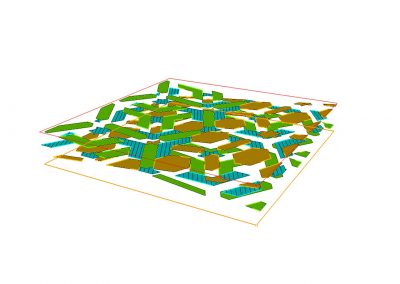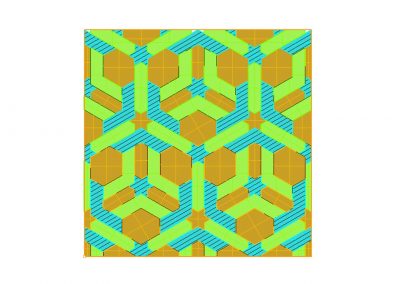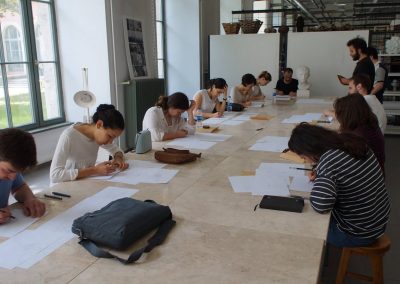The Making of Geometry in Medieval Anatolia Workshop
01-03.06.2016 | Taşkışla
Instructors: Prof. Dr. Mine Özkar, Lec. Dr. Aslıhan Erkmen
Organizers: B. Akgün, B. Hamzaoğlu, B. Yıldız, S. Y. Özgan
Recent years have seen an increase in interdisciplinary and multidisciplinary studies in medieval Islamic architecture in Anatolia. There is a demand for reaching beyond the descriptive research in art and architectural history of the region and its previous focus on intensive identification, documentation, and cataloguing. Interpretative analyses that approach the region outside of conventional boundaries, from different disciplines, and through the information provided by new sources seem imperative. The rich cultural history of the region, its being a basin open to interaction and a host to different layers of society as well as its culture of architectural patronage renewed by various political events allows for new areas of research.
A Computational Analysis of the Design Processes Behind Two-dimensional Seljuk Geometric Patterns in Anatolia is an on-going research project supported by TÜBİTAK, Project Number 114K283. The research has two objectives that support and interact with one another:
- 1. Developing the methodological foundations for investigating, understanding and sustaining the cultural wealth of our society through a computational model that analyses and generates geometric patterns as observed in Anatolian art and architecture,
- Producing design knowledge with general and contemporary impact through the interpretation of creative reasoning processes seen in Anatolian art and architecture as visual computation.
Since November 2014, the project team has collected data and initiated analyses on a large group of patterns from 12th and 13th century non-religious monuments commissioned by or built for women in Anatolia. As part of the immanent need to deeply understand the context out of which this special style of patterns has emerged, we seek insight into the social environment and the structure of political patronage at that period with the ultimate goal to reveal more about the practice of the craft. The corroboration of mathematical and visual descriptions of the patterns with historical data will contribute significantly to the project and shed light on the know-how of the making of these patterns, which is of value to restoration practices as well as to the nature of the relationship between these and other similar structures.
The workshop will serve as a venue for the project team to share the preliminary outcomes of the project and seek valuable feedback from internationally renowned scholars on the subject. We aim at interdisciplinary perspectives with keen attention to the interactions between neighbouring regions and the resources of the period. In the two-stage structure of the event, a student charette where selected designs are modeled and produced using digital methods will precede the scholars’ presentations. Workshop outputs will be published as an edited volume.
NEWS
PARTICIPANTS
Ilgın Külekçi
Ülker Aral
Ahmet Onkaş
Baran Yıldız
Barış Çağlar
Elif Ensari
Görkem Günay
Ruşen Eroğlu
Efe Gözen
Bürge Elvan Erginli
Dilşad Aladağ
